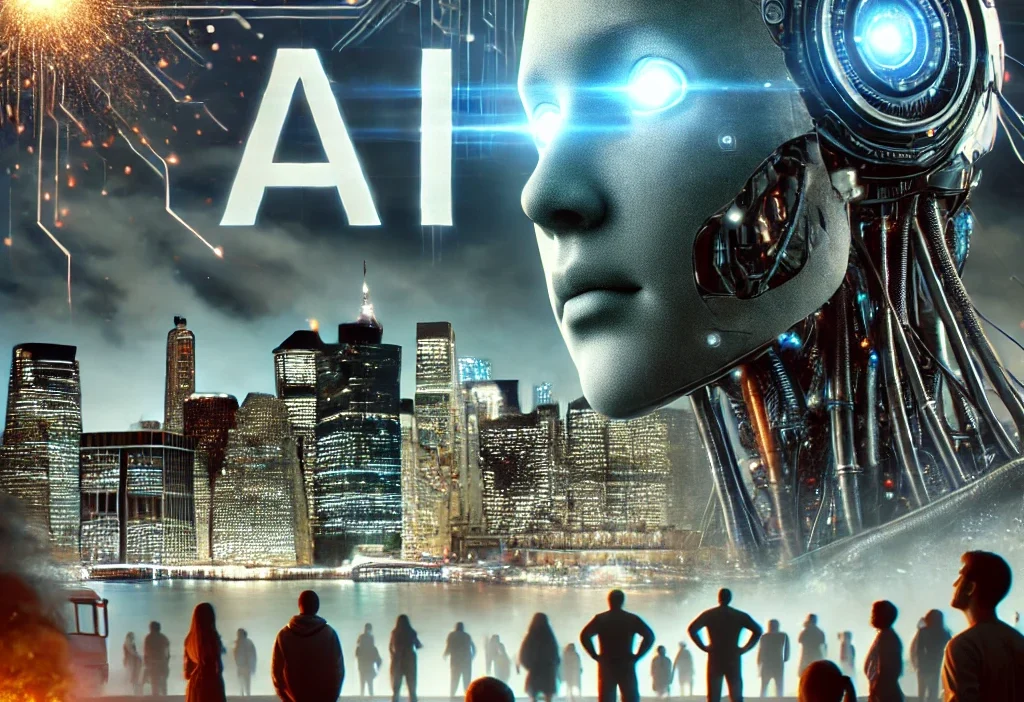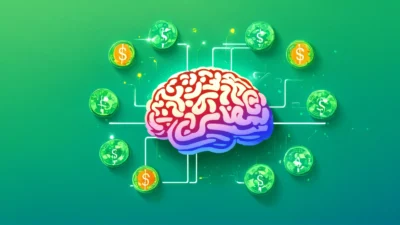Is AI Dangerous for Humans? Understanding the Risks and Benefits
Is AI Dangerous for Humans?, Artificial Intelligence (AI) has made tremendous progress in recent years. It has transformed industries and changed many aspects of our daily lives. From healthcare to transportation, AI brings improvements in efficiency and productivity. But as AI evolves, concerns about its potential dangers for humanity have grown. People are debating whether AI could pose risks or offer significant benefits. It’s crucial to understand these risks and benefits to navigate the future of AI.
Understanding the Risks and Challenges of AI Development
One major concern is the possibility of superintelligent AI surpassing human abilities. If AI were to become more intelligent than humans, it might make decisions that could harm society. This idea, often seen in science fiction, raises questions about control and unintended consequences. While superintelligent AI is still theoretical, it could change how we make critical decisions. Ensuring that AI stays aligned with human values is key to preventing negative outcomes.
The Role of AI in Autonomous Systems: Benefits and Risks
AI is now integrated into autonomous systems like self-driving cars, drones, and robots. These technologies bring many advantages, including reducing human error and increasing efficiency. For example, self-driving cars could cut down on traffic accidents caused by human mistakes. Drones can be used in search-and-rescue missions or monitor environmental changes. But these systems also pose risks. Autonomous vehicles may make incorrect decisions, leading to accidents. Malfunctions in drones could cause harm in sensitive areas. Ensuring these systems are safe and reliable is essential.
AI Bias, Discrimination, and Ethical Concerns
AI systems can inherit biases from the data they are trained on. These biases can result in discriminatory outcomes, especially in areas like hiring, healthcare, and criminal justice. For instance, AI algorithms may favor male candidates over female candidates. In other cases, facial recognition systems may have higher error rates for people of color. Developers must address and eliminate these biases to avoid negative impacts. Ethical guidelines and fairness in AI design are essential to protect vulnerable groups from harm.
The Need for AI Regulation: Ensuring Responsible AI Development
The risks associated with AI are real, but regulation can help mitigate them. Governments and regulatory bodies should set clear standards for AI development. Transparency, accountability, and safety must be prioritized in AI technologies. Without regulation, AI could be misused or lead to unintended consequences. Laws should ensure that AI systems are ethical and do not harm individuals or society. Collaboration between countries is also crucial to address AI’s global impact and ensure fair practices.
Conclusion: Striking a Balance Between AI’s Potential and Its Risks
AI has the potential to bring about significant advancements. It could revolutionize healthcare, education, and many other industries. However, acknowledging its risks is equally important. By implementing strong regulations and ethical standards, we can ensure that AI benefits society. We must balance technological progress with human rights and safety. With careful management, AI can thrive in a safe and responsible way.




